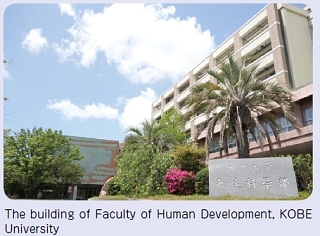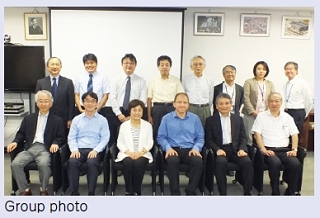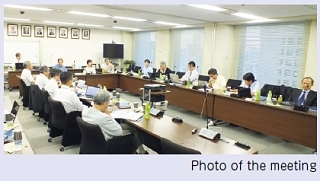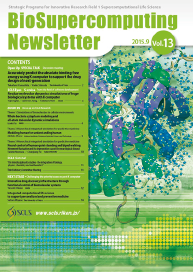
I gave a lecture titled “On interdisciplinary studies” to new undergraduate students in the Faculty of Human Development, Kobe University on 19th and 26th in June, 2015, as part of “Invitation to Human Development” whose keyword is “interdisciplinary studies”. I have been giving the opportunity to deliver such lectures over the past four years. Through the main theme --- “Rapid improvement of technologies such as supercomputers and DNA sequencer has promoted the integration of biology, mathematics, physics and chemistry in the 21st century”--- I had talked about interdisciplinary studies until last year. In the last lecture a student asked me, “My major is liberal arts but it is said that majoring in science is helpful in the business society. What is your opinion?” Responding to this question, I decided to emphasize the importance of harmonious development of liberal arts and science, and the need of interdisciplinary studies in order to solve real-life problems in this year, the outline of the lecture being almost the same.
The concept of "Designer baby" by genome editing technology has become a big worldwide issue now. Most science researchers believe their studies are done for the good, otherwise, they could not work creatively and progressively. The idea itself is natural and correct. But, whether further studies should now be done and whether the results can be accepted by society is another matter. Sufficient consideration should be given from the viewpoints of both liberal arts and science.
I suggest to students that “interdisciplinary studies” be thought of on a two-dimensional plane, X-axis shows academic fields including liberal arts and science, and Y-axis shows depth of exploration of a special field, giving them examples of T-shaped persons and Π-shaped persons. Computational life science is a field engaged in by Π-shaped persons with in-depth knowledge of computational science and life science, and it requires also knowledge of a liberal arts field such as Bioethics. In the lecture, I had unexpected feedback from a student, saying "A cuneate person would be good". I really hope that young students will build new creative interdisciplinary research fields in the future.






















